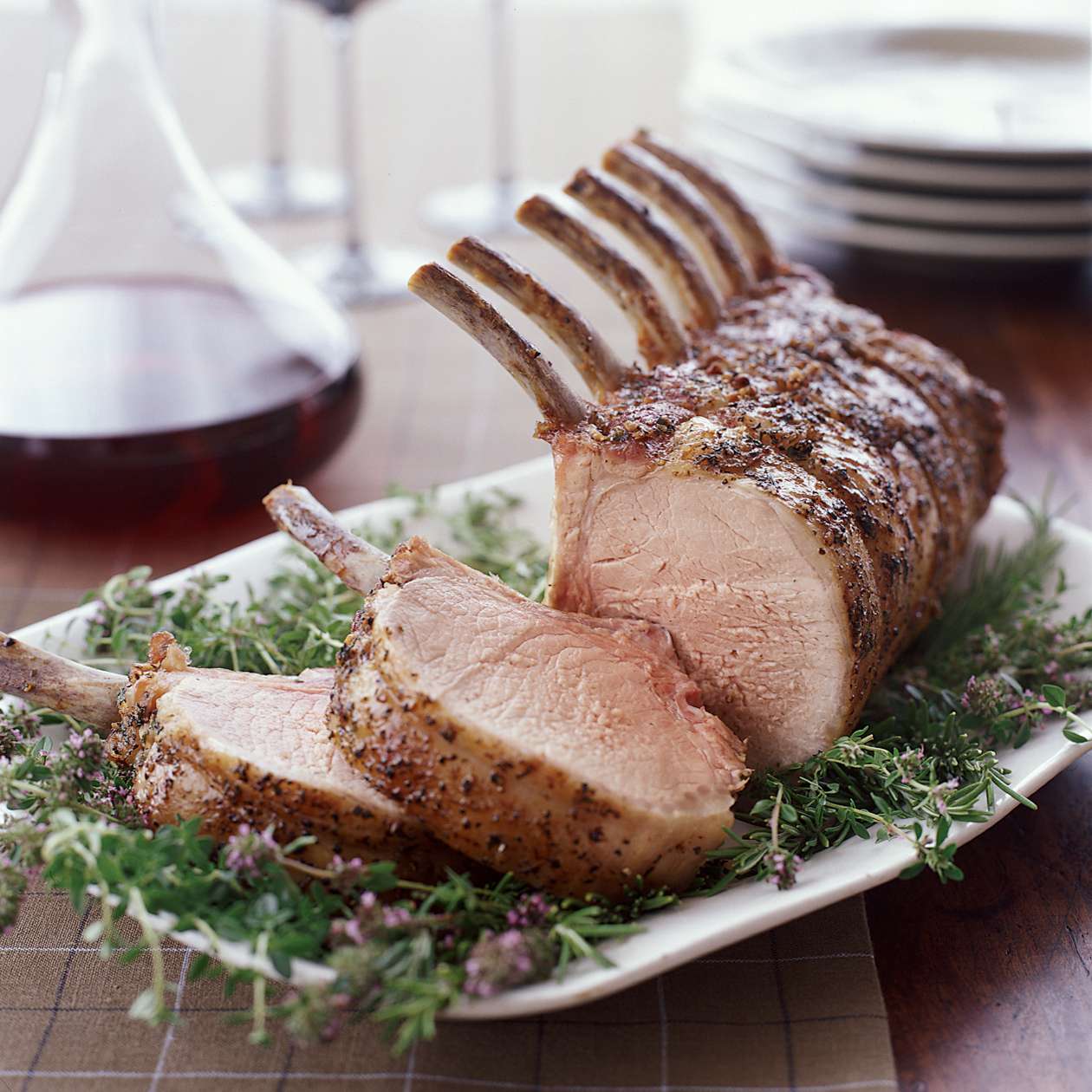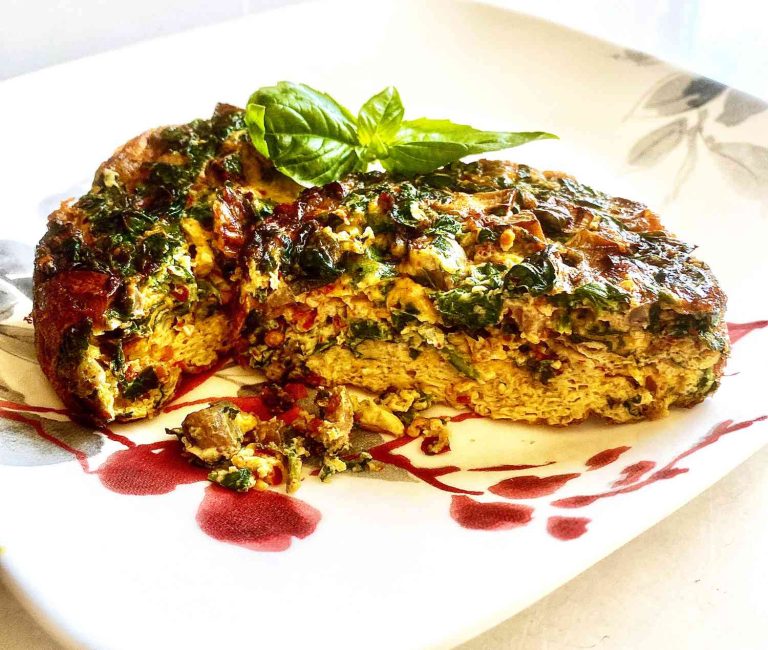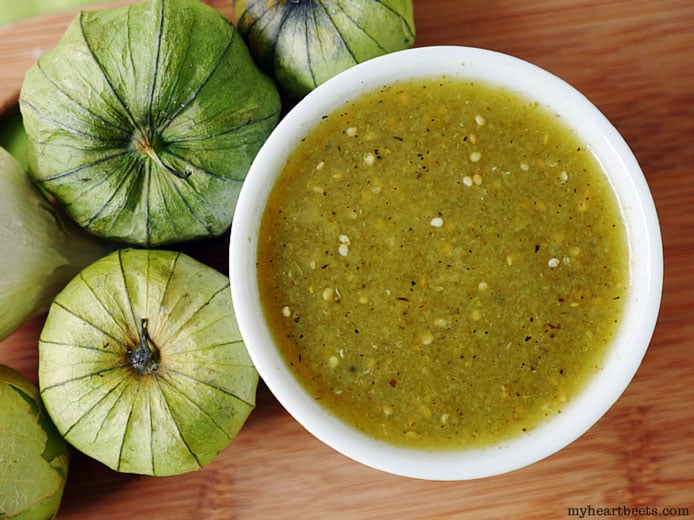Pork Roast With The World Best Rub: Tips, Techniques, and Perfect Pairings
Understanding the various pork cuts helps you choose the right one for roasting. Each cut offers distinct characteristics that affect texture and flavor when roasted.
- Pork Shoulder: Includes cuts like Boston butt and picnic roast. It has a lot of intramuscular fat, making it juicy and tender when slow-cooked.
- Pork Loin: This lean cut includes the center-cut roast and boneless pork loin. It’s ideal for quick roasting and has a mild flavor.
- Pork Tenderloin: This small, tender cut cooks quickly and is best for high-heat methods. It promises a delicate texture.
- Pork Belly: Known for its fat content, it becomes crispy on the outside and tender inside when roasted long and slow.
- Pork Leg: This extensive cut includes the ham and has less fat. It benefits from brining or slow cooking to enhance its texture.
How Each Cut Impacts Flavor and Texture
The choice of pork cut directly influences the roast’s flavor and texture.
- Pork Shoulder: Its high-fat content results in a melt-in-your-mouth texture. The fat renders during cooking, infusing the meat with rich flavor.
- Pork Loin: Less marbling means a milder taste. This cut needs proper seasoning or marinating as it’s leaner and can dry out quickly.
- Pork Tenderloin: With its low fat, the tenderloin retains a delicate texture. It’s best cooked to medium-rare to maintain juiciness.
- Pork Belly: Produces a rich, crispy exterior and succulent interior. The fat contributes to its deep, savory taste.
- Pork Leg: Typically leaner, requiring longer cooking times or brining to keep it moist. Its denser muscle results in a firmer texture.
Using the right cut aligns with your preferred flavor profile and cooking method, enhancing your pork roast experience.
Exploring “The World’s Best Rub”
Origins and Popularity
The World’s Best Rub” originates from traditional BBQ cultures, including American Southern cuisine and Latin American asados. These culinary traditions emphasize unique blends of spices and herbs to enhance meat flavors. Over the years, this rub gained popularity for its balanced mix of savory, sweet, and spicy notes, making it a favorite among home cooks and professional chefs. Its reputation for transforming a simple pork roast into an extraordinary dish contributes to its widespread acclaim.
- Paprika: Adds a smoky flavor and vibrant color.
- Brown Sugar: Contributes sweetness and helps in caramelization.
- Salt: Enhances overall taste, balancing other flavors.
- Garlic Powder: Infuses a deep, savory note.
- Onion Powder: Provides a subtle sweetness and depth.
- Black Pepper: Delivers a mild heat and complexity.
- Chili Powder: Brings a spicy kick.
- Mustard Powder: Adds tanginess and a slight pungency.
- Oregano: Introduces herbal, earthy tones.
Each ingredient plays a crucial role, creating a harmonious blend that elevates the pork roast’s flavor profile.
Preparation Techniques for Pork Roast
Marinating Versus Rubbing
Marinating imparts moisture and flavor to the pork by soaking it in a liquid mixture. This technique penetrates deep into the meat. Use a basic marinade of olive oil, vinegar, garlic, and your favorite herbs to enhance pork’s natural flavors. For best results, marinate for at least 2 hours, but overnight is preferable.
Rubbing coats the surface with a mixture of dry or slightly wet ingredients. “The World’s Best Rub” clings to the meat’s exterior, creating a rich, flavorful crust during roasting. Combine paprika, brown sugar, salt, garlic powder, and your preferred spices. Apply the rub generously, covering all sides of the roast to maximize flavor.
Roasting Tips for Optimal Flavor
Select the right cut, such as pork shoulder or loin. Ensure the roast is at room temperature before cooking. Preheat your oven to 350°F. Place the pork on a rack in a roasting pan, allowing air circulation and even cooking.
Start by searing the pork in a hot pan, browning each side to seal juices. Transfer to the oven and roast until the internal temperature reaches 145°F. Use a meat thermometer for accuracy. Let the roast rest for 10-15 minutes before slicing to retain moisture and enhance flavor.
Follow these techniques to ensure your pork roast, enhanced by “The World’s Best Rub,” delivers exceptional taste and texture.
Cooking the Perfect Pork Roast
Best Temperatures and Times
Roasting pork to perfection requires precise heat management. Set your oven to 350°F. For a standard-size pork roast of around 3-5 pounds, roast for approximately 25 minutes per pound. Larger cuts might need additional time to ensure even cooking. Midway through roasting, check the internal temperature. Aim for 145°F for a juicy, tender result. If you prefer well-done pork, cook until the internal temperature reaches 160°F.
Using Thermometers for Precision
Accurate temperature monitoring guarantees a well-cooked pork roast. Insert a meat thermometer into the thickest part of the roast, away from bone and fat. Digital thermometers provide quick, reliable readings. Ensure that you check the temperature towards the end of the estimated roasting time. Pull the roast from the oven once it hits the desired temperature. Let it rest for at least 10 minutes, allowing the juices to redistribute, resulting in a succulent and flavorful pork roast.
Serving Suggestions
Ideal Side Dishes
Complement the flavors of your pork roast with side dishes that enhance its savory profile. Roasted vegetables (carrots, Brussels sprouts, and potatoes) provide a hearty balance and visual appeal. For a touch of sweetness, serve roasted apples or a tangy cranberry sauce. Mashed potatoes, rich with butter and cream, create a comforting, classic pairing. Consider a crisp coleslaw or a fresh green salad with vinaigrette to add a refreshing contrast.
Presentation Tips for a Stunning Dish
Elevate your pork roast presentation with thoughtful plating techniques. Slice the pork roast evenly and place it on a large serving platter. Arrange the slices in a fan shape or a neat line for an elegant look. Add vibrant roasted vegetables around the meat to create a visually appealing border. Garnish with fresh herbs (parsley, rosemary, or thyme) to add color and a hint of freshness. For an extra touch, drizzle a small amount of the roasting juices over the meat right before serving, enhancing both appearance and flavor.
Conclusion
Mastering the art of a pork roast with the world’s best rub can transform your culinary skills and impress your guests. By focusing on the right cut and perfecting your cooking techniques, you’ll create a flavorful and tender roast every time. Remember the importance of precise heat management and accurate temperature monitoring to achieve the best results.
Pair your pork roast with complementary side dishes and elevate its presentation with thoughtful plating and garnishes. With these tips in mind, you’re well on your way to serving a memorable dish that’s as visually stunning as it is delicious. Happy roasting!





